1. Breaking a Mirror Brings Seven Years of Bad Luck

The superstition surrounding broken mirrors has its roots in ancient Roman beliefs, where mirrors were thought to reflect not just your image, but also your soul. In those days, it was believed that if a mirror was shattered, it would harm the soul within it. Over the centuries, the myth evolved, with the number seven being attached to the bad luck, symbolizing a full cycle of life—seven years to recover from the misfortune. Families for generations avoided letting mirrors break in their homes, and the fear of seven years of bad luck was enough to keep people careful around reflective surfaces.
While this superstition has been passed down through the ages, it’s still a fixture in American culture today. Many still throw salt over their left shoulder to ward off bad luck after breaking a mirror, a belief connected to keeping the devil at bay. It’s a fascinating example of how deeply a seemingly simple belief can weave its way through time, impacting not just individual behavior, but shaping cultural practices.
2. Walking Under a Ladder is Bad Luck
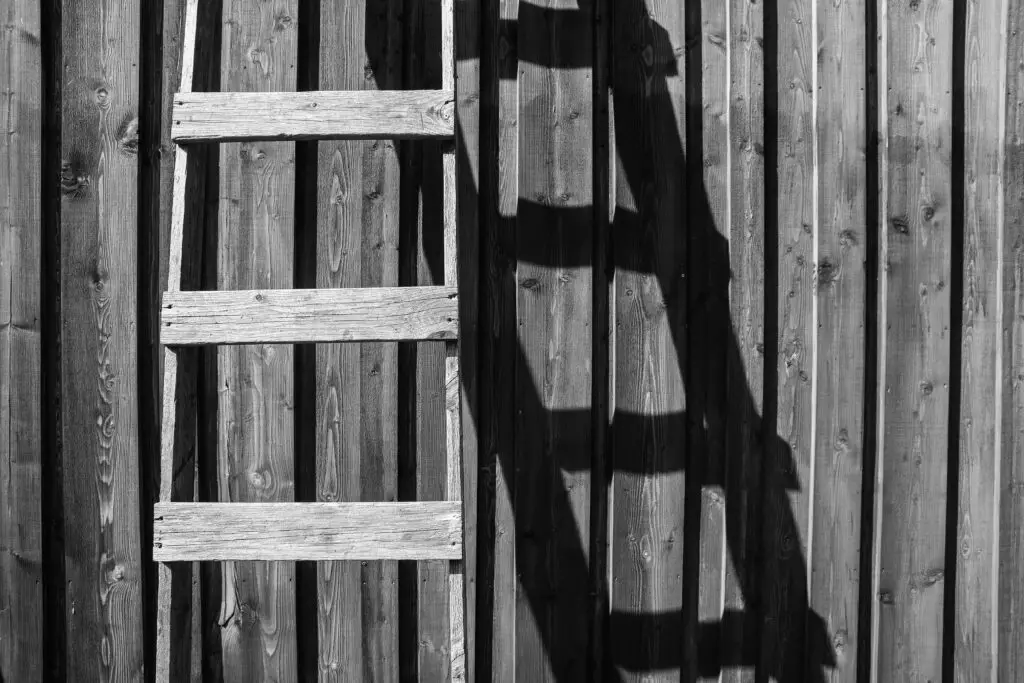
The superstition of avoiding walking under a ladder is one of the most well-known, with its origins tracing back to ancient Egypt. The triangle formed by a ladder against a wall was seen as a symbol of the Holy Trinity, and disturbing that sacred shape by walking under it was thought to invite misfortune. Over time, the belief spread to other cultures, including Europe and the United States, where it became associated with misfortune and bad luck.
Beyond its connection to religion, this superstition also reflects the idea of tempting fate. People feared that by breaking the sanctity of the triangle, they were challenging the forces that govern their lives. Even today, many people make a conscious effort to walk around a ladder instead of under it, a small but persistent reminder of ancient beliefs still influencing daily life.
3. The Black Cat Crossing Your Path
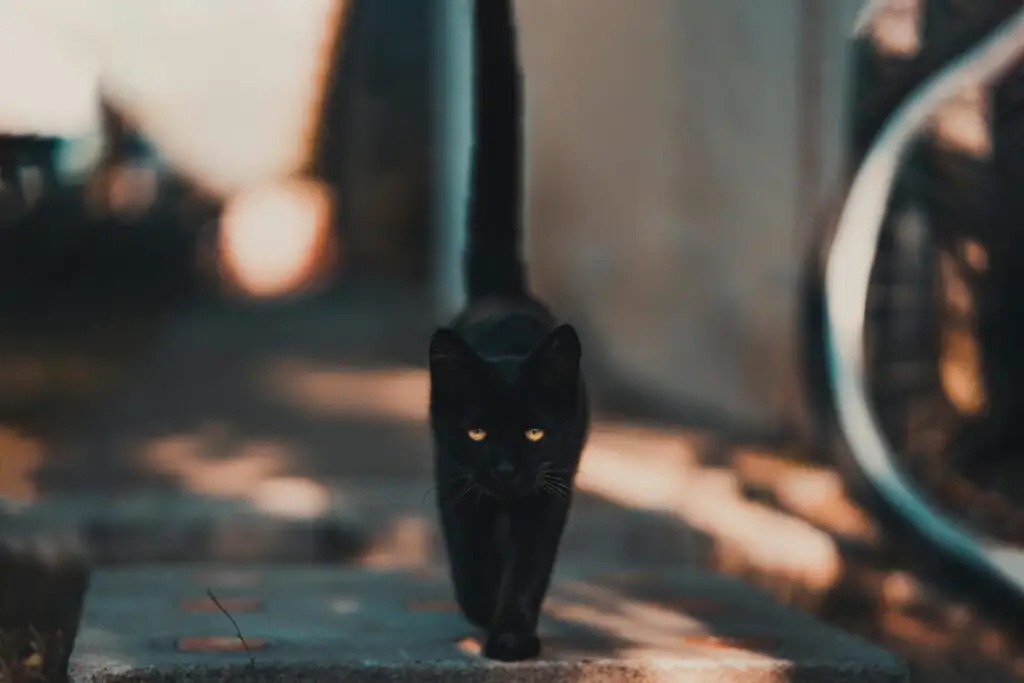
Black cats have long been associated with both good and bad luck, but in American superstition, the focus has often been on their unlucky connotations. This stems from the Middle Ages, when black cats were believed to be witches’ familiars or even shape-shifting witches themselves. If a black cat crossed your path, it was thought to be an omen of misfortune or evil. In fact, many Americans still associate black cats with bad luck, especially around Halloween.
Interestingly, in some cultures, the black cat is actually a symbol of good fortune. However, American superstition has largely held on to the darker side of this belief. In modern times, black cats are often seen in movies or television as symbols of mystery and the supernatural, but their association with bad luck remains firmly rooted in American folklore.
4. Knocking on Wood for Good Luck
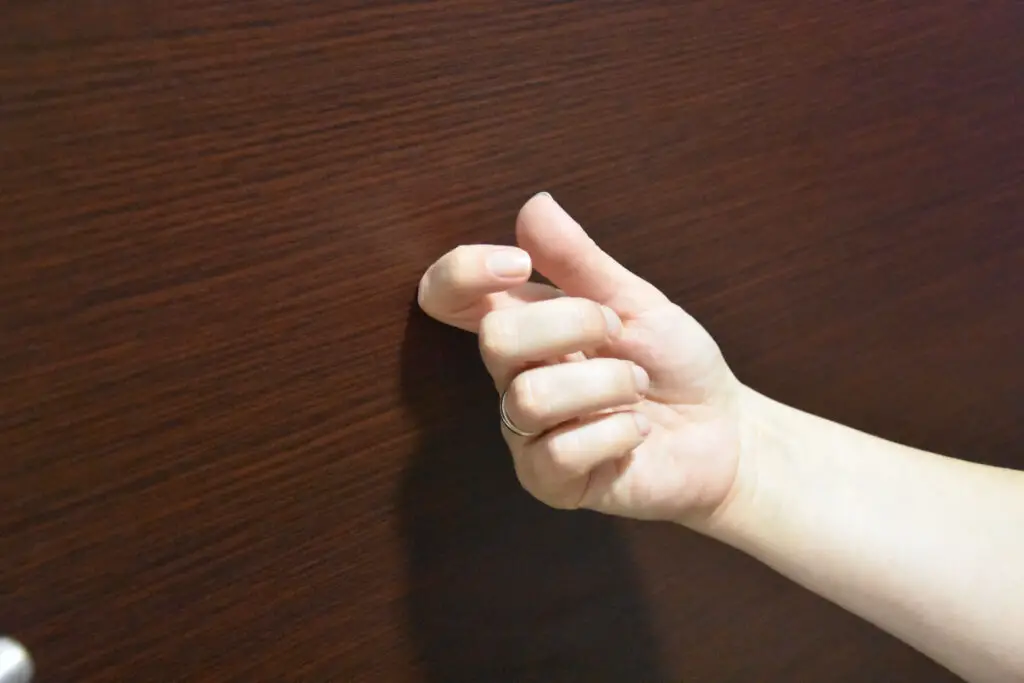
“Knock on wood” is a superstition practiced widely across the United States, believed to ward off bad luck or prevent jinxing yourself. The origins of this custom date back to ancient times when people believed that spirits inhabited trees, and knocking on wood was a way of summoning the protective spirits or asking for their favor. In the Christian tradition, the superstition may also have ties to the idea of invoking the holy power of the cross.
Today, knocking on wood is often done after someone expresses hope or confidence about something. People may say things like, “I’m doing great at work, knock on wood,” to avoid tempting fate. It’s an ingrained ritual in American life, whether you believe in it or not, often seen as a small, harmless gesture that provides a sense of comfort and control over the unknown.
5. The Curse of the Number 13
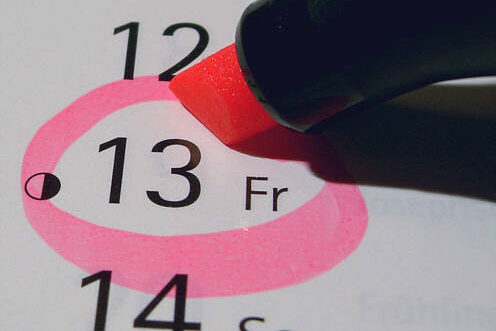
The fear of the number 13, or triskaidekaphobia, is a superstition that has shaped American life in surprising ways. Hotels often skip the 13th floor, going straight from 12 to 14, and some buildings don’t have a 13th room or apartment number. The fear stems from ancient beliefs, including its association with the number of people at the Last Supper, and later, its connection to witches and bad omens in European folklore.
This superstition has been so pervasive that it’s influenced everything from architecture to the way people approach special events. Friday the 13th has become a day marked with heightened awareness of bad luck, and many will go out of their way to avoid risky situations on this day. It’s interesting how an ancient belief still has such a tangible effect on modern life, from the layout of buildings to the scheduling of events.
6. Spilling Salt and Throwing It Over Your Left Shoulder

Salt has been a symbol of purity and protection for centuries, and spilling it has long been associated with bad luck. In ancient times, salt was a valuable commodity, and wasting it was considered a misstep that could lead to misfortune. To counteract the bad luck from spilling salt, the superstition suggests that you throw a pinch of the spilled salt over your left shoulder to ward off the evil spirits that might be lingering.
While this superstition has largely faded, it still lingers in the back of people’s minds when they spill salt at the dinner table. The practice of throwing the salt over the left shoulder is a quick and easy way to reverse the perceived bad luck. In the modern era, it’s a charming and somewhat quirky tradition that people continue to pass down, especially when they want to protect themselves from unseen forces.
7. A Horseshoe Above the Door Brings Good Luck
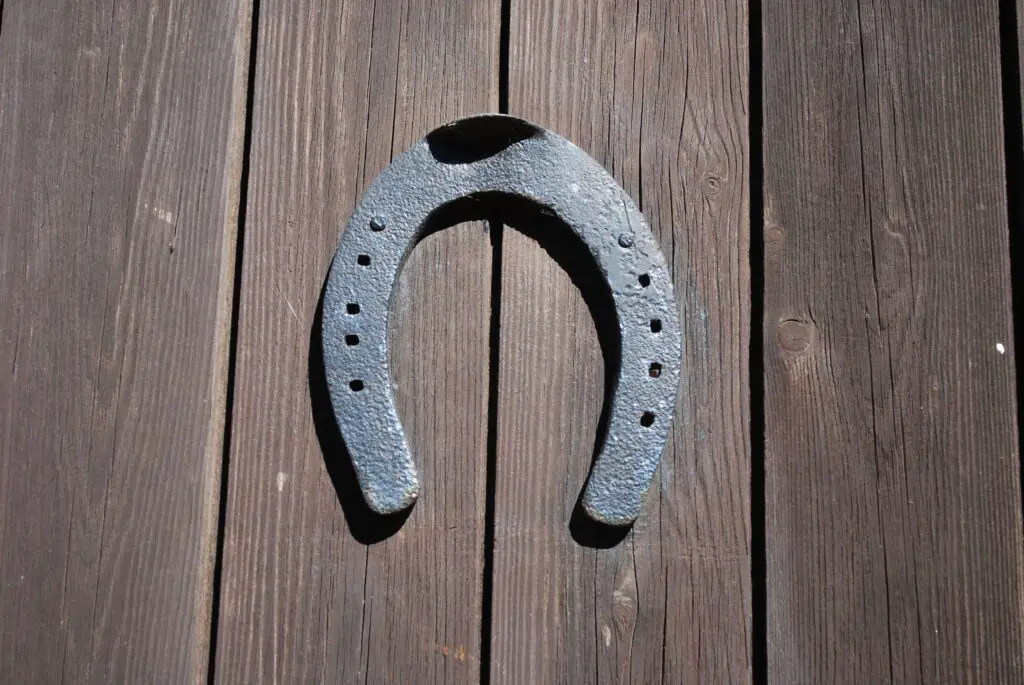
The horseshoe has been a symbol of protection and good fortune for centuries, dating back to ancient Europe. In American superstition, hanging a horseshoe above the door is believed to bring good luck to the household. The tradition is thought to have originated with the belief that the horseshoe, with its crescent shape, could trap and contain good spirits, while keeping bad ones out.
Over the years, the superstition evolved to include specific rules about how the horseshoe should be hung—either with the open end facing upward to collect luck or downward to pour good fortune on those who enter. Though its popularity has waned, many Americans still hang horseshoes in their homes, particularly in rural areas, as a symbol of protection and prosperity.
8. Stepping on a Crack Will Break Your Mother’s Back
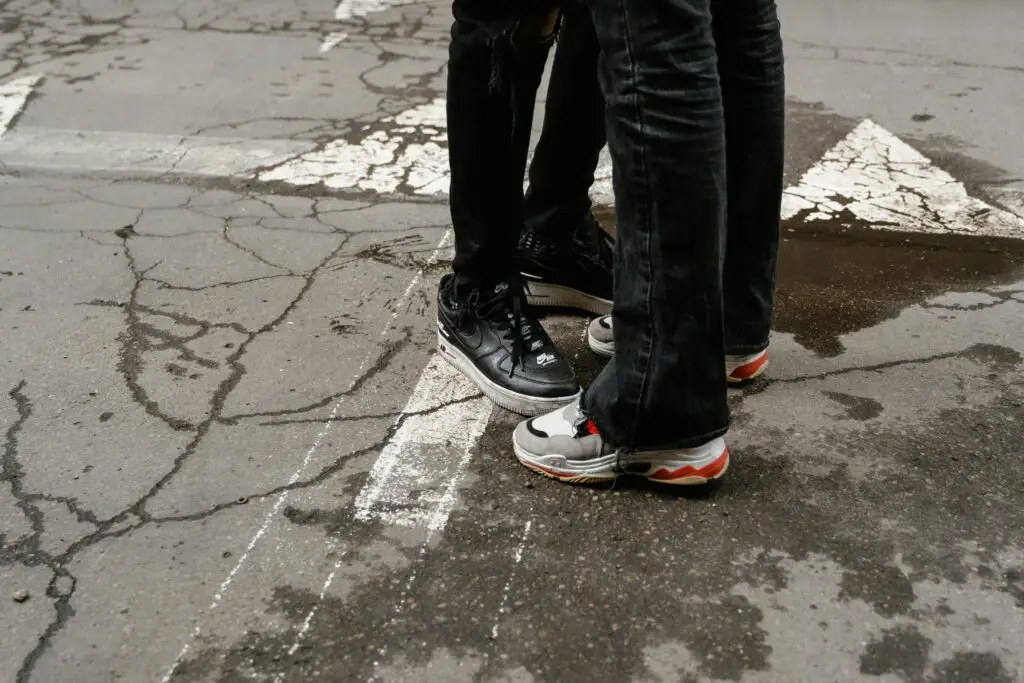
This playful yet ominous childhood rhyme has a deeper psychological root, symbolizing the dangers that children were warned about when playing outdoors. The superstition about stepping on cracks originated in the early 20th century and became a common refrain in playgrounds across America. While it was meant to be more of a game than a true belief, it tapped into the universal fear of causing harm to loved ones through simple actions.
As children, the rhyme created a sense of caution and awareness of one’s actions. While it’s no longer something people consciously worry about as adults, the memory of avoiding cracks during childhood is a strange but enduring part of American culture. It serves as a reminder of how easily superstitions can be passed down and internalized by younger generations.
9. A Wishbone for Good Luck

The tradition of breaking a wishbone for good luck comes from an ancient Roman custom in which people believed that birds had the power to predict the future. The wishbone, especially from a turkey or chicken, was seen as a symbol of hope and good fortune. After a meal, two people would each take one end of the wishbone and make a wish; whoever broke off the larger piece was believed to have their wish granted.
Today, breaking a wishbone is often a playful holiday tradition, but it still carries the same idea of hoping for good things to come. The superstition has endured because it combines the charm of ritual with the hope of a brighter future. While not everyone may believe in its power, the tradition persists as a lighthearted way to reflect on personal desires.
10. Finding a Four-Leaf Clover
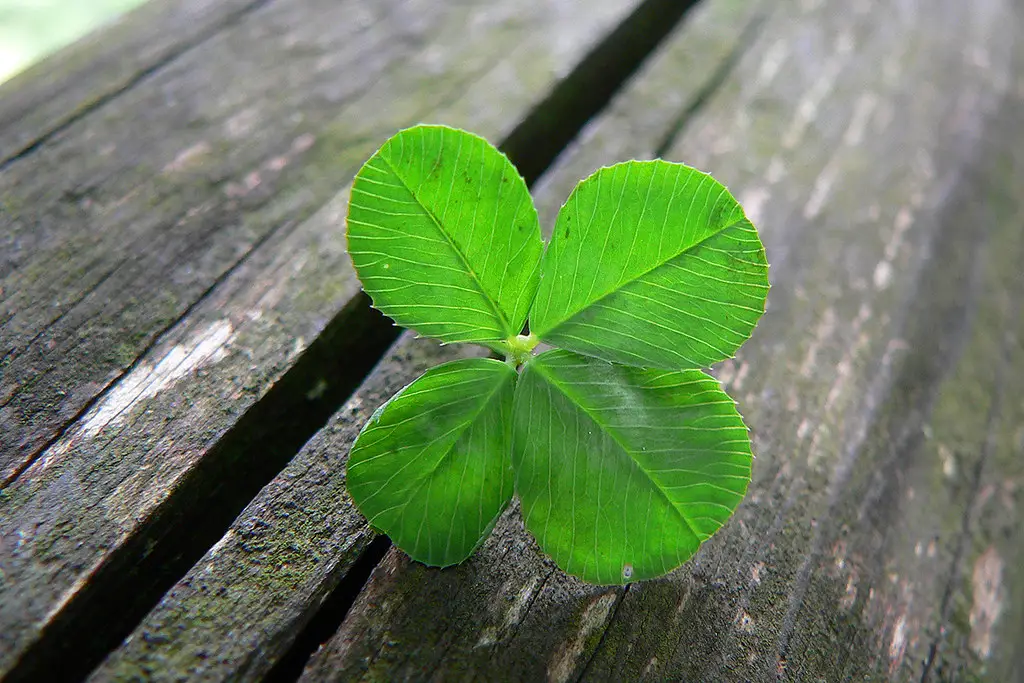
The four-leaf clover is a symbol of luck, and its rarity only adds to its mystique. In American superstition, finding a four-leaf clover is considered a sign of extraordinary good fortune. The belief stems from ancient Celtic traditions, where the four-leaf clover was thought to offer protection against evil spirits, and each leaf was believed to represent faith, hope, love, and luck.
Though it’s hard to find one in the wild, the superstition continues to hold sway, with many people still searching for that elusive lucky clover. Even in modern times, finding one is a moment of excitement, symbolizing not just luck, but a connection to something deeper and more ancient. It’s a beautiful example of how a simple object can become a powerful symbol across generations.
11. The Power of the Full Moon

The full moon has long been associated with various superstitions, from influencing tides to affecting human behavior. In American folklore, it’s believed that the full moon has the power to bring about dramatic changes, whether it’s causing unusual behavior in people or animals or even leading to an increase in accidents. The lunar cycle is so ingrained in American culture that it has led to an entire subgenre of superstition, from people avoiding risky activities during a full moon to believing that their actions during this time may have long-lasting effects.
This superstition remains deeply ingrained in popular culture, especially in the context of mysterious or unsettling events. Whether it’s in movies, television, or stories passed down through families, the full moon continues to spark intrigue and caution. It’s one of the most enduring and wide-reaching superstitions in the United States, blending a sense of wonder with the fear of the unknown.
12. The Red Sky at Night Means Sailor’s Delight

A red sky at night has long been a signal for good weather, especially for sailors. The phrase “Red sky at night, sailor’s delight; red sky in the morning, sailor’s warning” has been passed down through generations, serving as a guide for those who spent their days on the water. The superstition is rooted in meteorology, as a red sky in the evening often signals clear weather the next day.
This weather-related belief has stuck around because it’s simple, practical, and surprisingly accurate. It’s not uncommon for people to look up at the sky before making plans, especially for outdoor activities or travel. While the phrase may have originated with sailors, it has become a widely accepted part of American folk wisdom, with many people still referring to it when assessing the weather.
